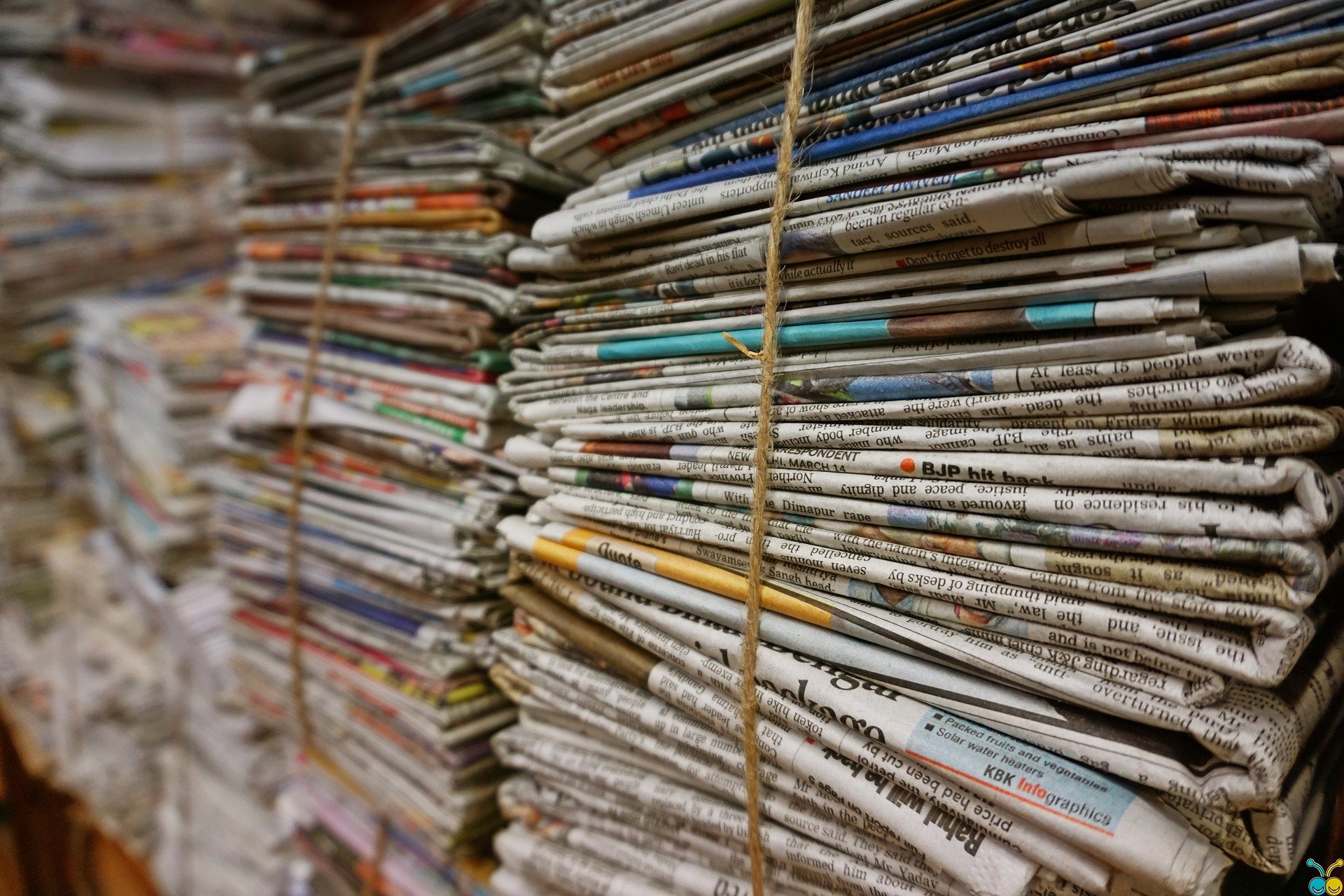If Wassily Kandinsky bent the visible world to the whims of his canvas, reducing concert hall scenes to puddles of color and line, Sonia Delaunay seems to have worked the other way around.
A fashion and textile designer by trade, the Ukrainian-born Delaunay (1885-1979) filled the world with bold and delightful patterns — with the chevrons and dot grids and floral wiggles of the many scarves and dresses she created in France — then let her paintings reflect the results.
Or at least that’s the impression given by the Bard Graduate Center’s “Sonia Delaunay: Living Art,” a playful but rigorous unearthing of 184 garments, artifacts and paintings — most on loan from France — spanning 60 years of Delaunay’s career.
In museums and textbooks, Sonia tends to stick with her husband, the French painter Robert Delaunay, whom she married in 1910. Around that time Sonia, originally trained as a painter in the Fauvist tradition, brought fabric into her practice. Friends of the poets Guillaume Apollinaire and Blaise Cendrars, the two became fixtures of Europe’s early abstraction and regularly exhibited together, even after Robert’s death in 1941, and often at Sonia’s behest.
But the shared vocabulary Sonia and Robert developed in the 1910s and ’20s — the bisected circles and radial segments that fill both of their canvases — can be hard to parse when museums display the two painters together, as they often do.
Thank you for your patience while we verify access. If you are in Reader mode please exit and log into your Times account, or subscribe for all of The Times.
Thank you for your patience while we verify access.
Already a subscriber? Log in.
Want all of The Times? Subscribe.

